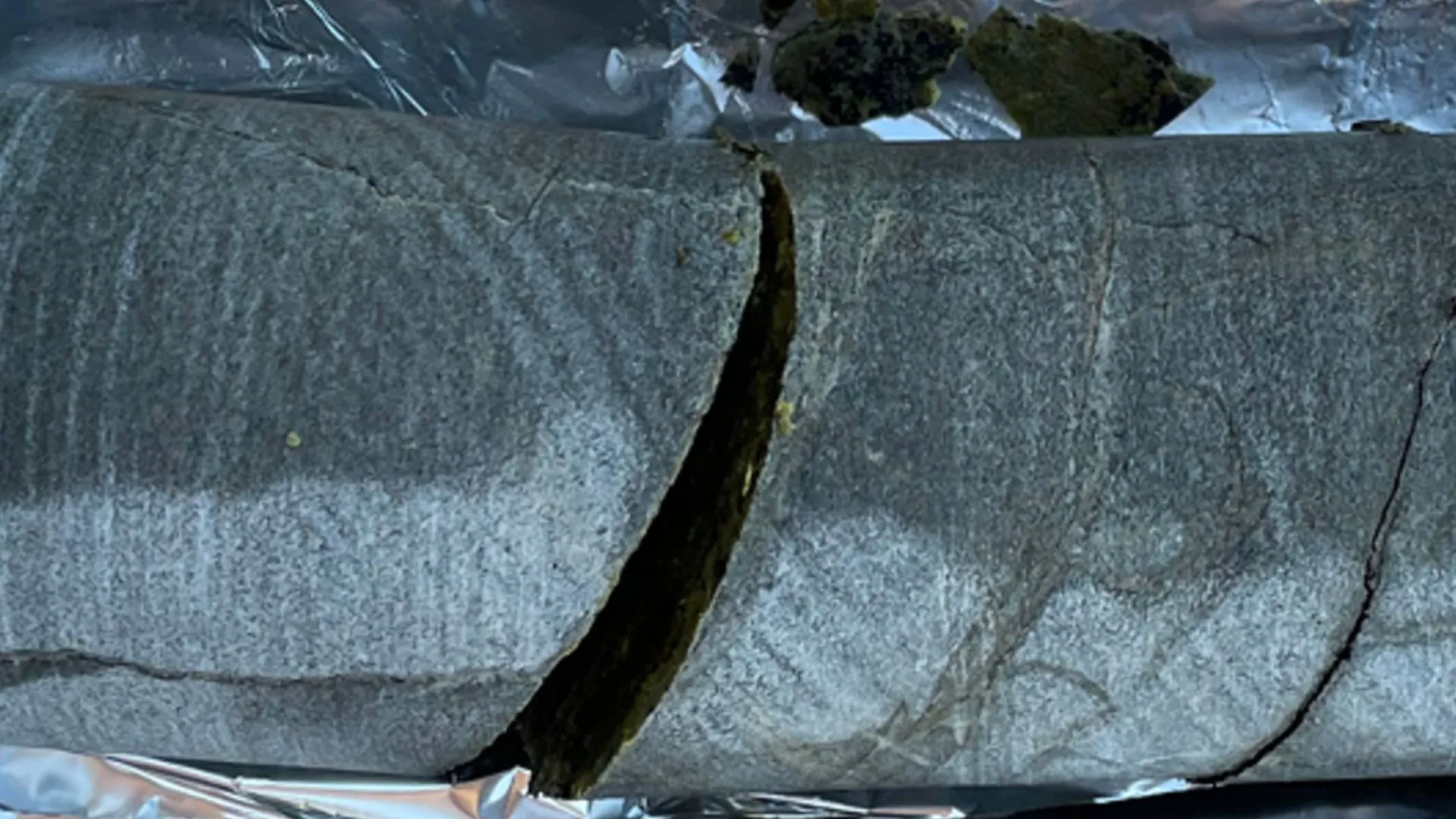This is interesting and important but fun fact, maybe not the first case of 2 billion+ yr old microbes. There were microbial organisms found in a mine in Minnesota coming from 2.6 billion year old rock and they suspected they were coming from water trapped when the rock, banded iron formation, formed in an ancient ocean. IIRC there were two bacteria - one that eats sulfur and excretes iron, and one that eats iron and excretes sulfur.
Soudan Mine in northern Minnesota. Great tour.
https://www.twincities.com/2008/12/22/soudan-mine-studied-for-bacterial-life/
imagine two societies spending billions of years in the dark depths eating the others poop
nature is beautiful
It’s as though the yin and yang are just a black turd and a white turd clumped together…. Beautiful.
))<>((
The dirty ourobouros.
I went there a while back, and I’ll second the great tour. It’s awesome that they actually maintain the elevator and let people go down. It’s a pretty cool experience, though not for the claustrophobic. Never knew about the microbes, that’s really interesting!
one that eats sulfur and excretes iron, and one that eats iron and excretes sulfur
Thermodynamically, how could these two cycles sustain metabolism? Were there other processes/species in the mix to introduce chemical compounds that had more energy contained within?
I don’t recall as it was mentioned by someone in passing (and stuck with me) but I can tell you that the rocks they were in are exceptionally iron rich, which is why the mine was there.
Reminds me of the primordial soup game where each players microbes need to eat to the poop of the other players. And yes it’s a German game.
https://en.m.wikipedia.org/wiki/Primordial_Soup_(board_game)
So the two bacteria just eating each other’s excretions in symbiotic romance?
He coated the rock in “a special epoxy” to prevent it from crumbling during slicing. Then, he washed the thin sections in a special dye that stained the DNA of the microbial cells.
What does that mean—I thought DNA was smaller that the wavelength of visible light? I guess it’s some larger molecule that binds to the DNA to make it more visible, but if that’s the case, “tagging” seems like a more appropriate term than “staining”.
The dye they used is called SYBR Green I. It’s a molecule that binds to DNA and only fluoresces at a specific wavelength, but it only fluoresces once it’s bound to DNA and exposed to a certain wavelength of light. You can observe the presence of bound molecules using spectroscopy which indicates whether or not DNA is present.
There are other fluorescent dyes, eg BigDye, which are used for genetic sequencing. You won’t see anything with the naked eye, but an automatic sequencer can detect them.
https://www.ncbi.nlm.nih.gov/pmc/articles/PMC5912235/
tl;dr: “DNA staining” means they use something that reacts with DNA to indicate its presence. So if you paint the rock and it turns purple, you know where to look for DNA.
A single dna molecule is too small to see with the naked eye, but a few million dna molecules released from a few million microbes is easy to see IRL. In my bio lab days we did an experiment to isolate the dna molecules from a scoop of microbes, and at the end you wind up with a clump of dna molecules that together are about the size of an eraser head.
And yeah as the other person said, the term “staining” is the official term used for what you’re calling “tagging”
What does DNA feel like? Smell like?
I don’t remember, it was a long time ago. But I’m sure a biology major or professional biologist could answer your question
“Stain” doesn’t need to apply to the human visible spectrum of light
It’s usually used for something that changes the superficial appearance of a thing without changing or obsuring its structure—and in this context it seems to mean making the DNA more detectable (by whatever means). I’m not picturing how this “dye” could do both those things at once on that scale.
I don’t know. It’s a common practice though just look it up
Paywall




